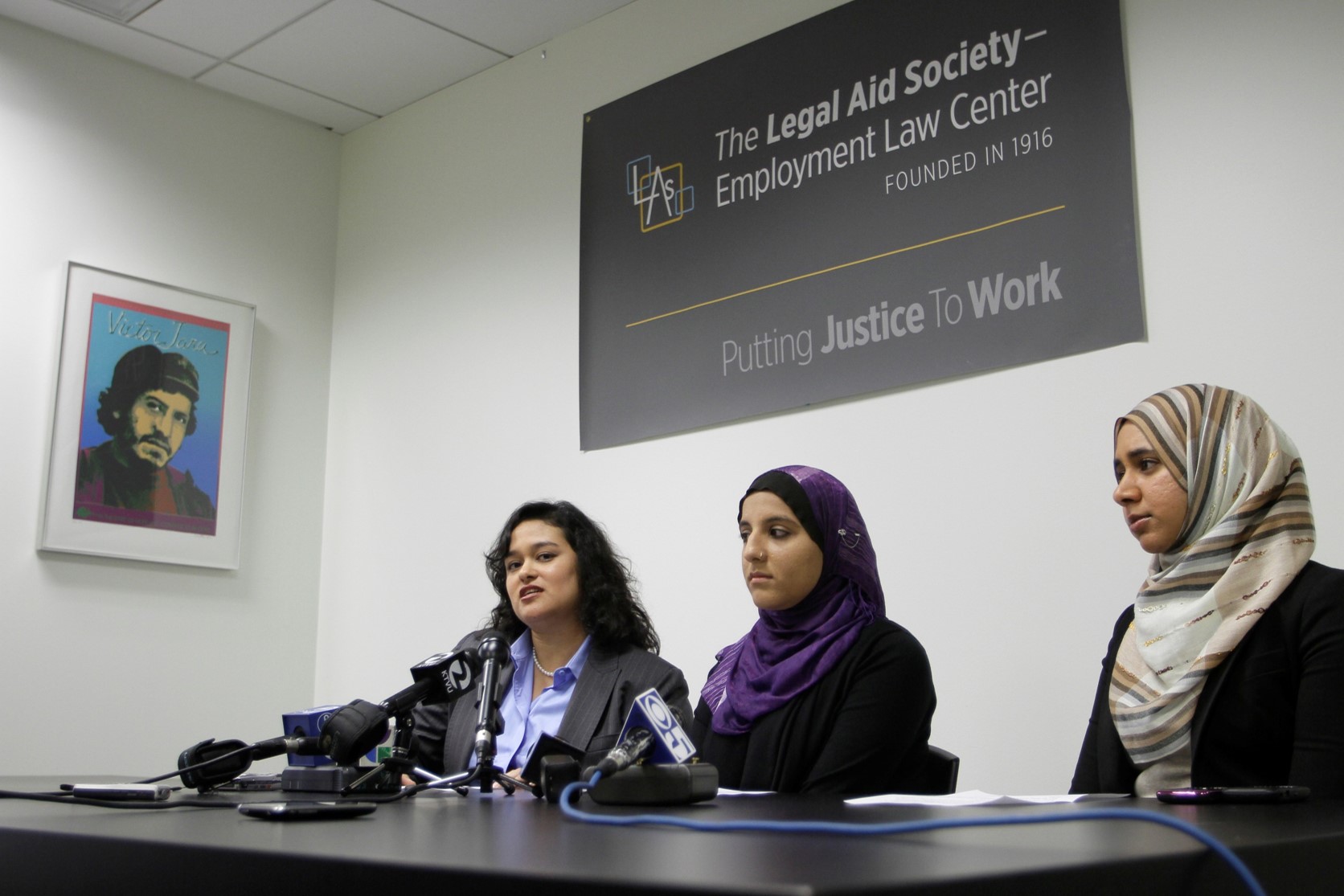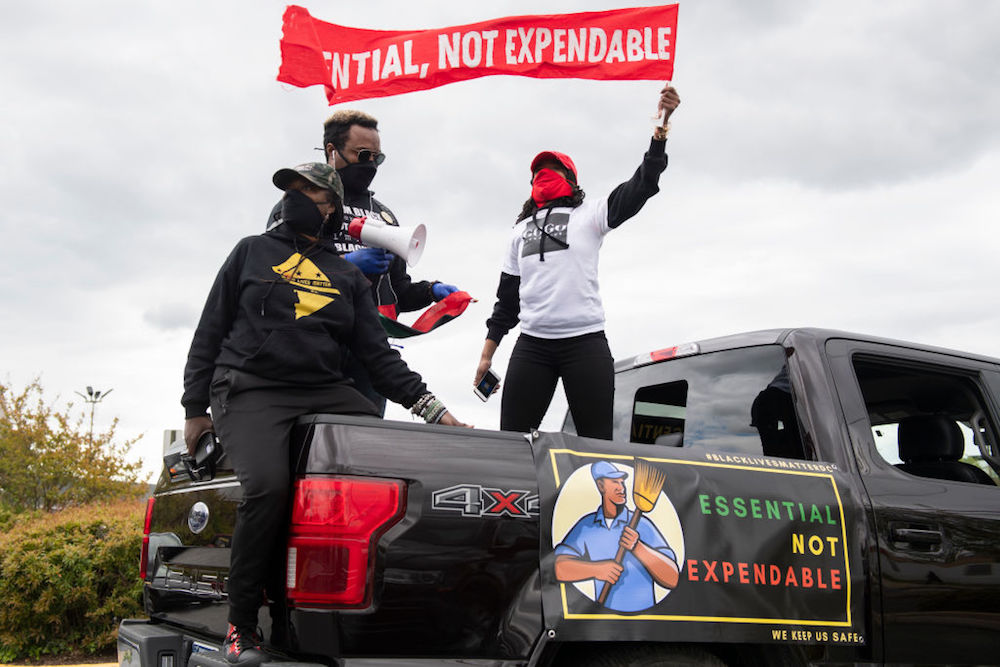Crystal Ortiz, a master’s student studying social work at the University of Chicago School of Social Service Administration, has been receiving Supplemental Nutrition Assistance (SNAP) benefits since 2017. The $200 a month she received made it possible for her to buy more fresh produce, especially bagged salad kits that made it easier for her to eat a healthy lunch when she didn’t have a lot of food prep time.
This January, that was threatened when she received a letter stating that her benefits would be cancelled if she did not fulfill a 20-hour-a-week work requirement. When I first met with Ortiz, she stated that “I would have to make major cuts to the food that I get” if she lost her SNAP benefits.
Get Talk Poverty In Your Inbox
This letter came at the same time that the United States Department of Agriculture finalized the Able-Bodied Adults Without Dependents (ABAWDs) rule in December 2019. “Able-bodied adults” — defined as not receiving SSI or SSDI, without children, or who are not the caretaker for an adult — are required to work or volunteer 20 hours a week, or participate in an approved workplace training program, in order to maintain their SNAP benefits. Previously, states had been able to apply for waivers to ease those requirements, but the new rule would take that flexibility away and cost up to 700,000 people their benefits.
The ABAWDs rule is not the only restriction on eligibility requirements for SNAP — according to a spokesperson at the Illinois Department of Human Services, students enrolled in undergraduate or graduate programs “more than half-time” are not eligible for the program without a special exemption. Additional restrictions ban SNAP benefits for people who are undocumented, have a drug felony, or have more than $2,250 in assets. Some of these restrictions are established by states, and may vary.
In theory, a social worker like Crystal should be uniquely positioned to navigate this bureaucracy. However, social workers who use SNAP can have just as difficult of a time understanding the requirements to keep their benefits as the clients they assist. Crystal said that in class discussions about policy changes around SNAP eligibility, there wasn’t always an understanding that students were current or former SNAP recipients who were personally affected by these changes. She also said some professors would broadly mention that resources were available if students needed additional support, but specific resources were not mentioned in course materials. “I would like to see acknowledgement from the school…because if we’re not talking about it, we can’t come together,” she said, adding that this lack of discussion means students are “struggling silently.”
Even with her understanding of the SNAP requirements, Ortiz ultimately lost benefits for two months. To get them reinstated, she set up multiple meetings and phone calls with the Illinois Department of Human Services, which included taking public transit in the middle of a pandemic, waiting outside since the office was only admitting one person at a time, offering to translate for another person in line because another staffer was not available, and then meeting with a caseworker and manager to advocate for herself. The root of the issue, it seems, was her unpaid internship — she was under the impression that it counted as work, but her caseworker believed it did not since it was for class credit.
Crystal’s experience highlights the many different restrictions that already existed in the SNAP ruling even before the proposed expansion of the ABAWD requirement, and how challenging it is trying to parse conflicting information from multiple agencies. But still, even in the midst of the coronavirus, many of the restrictions hold.
Currently, the Families First Coronavirus Response Act only partially suspends the ABAWD rule: If recipients are offered a slot in a designated workfare program, they must participate in the program in order to maintain benefits. A representative from the Illinois Department of Human Services stated that all ABAWD requirements, including the requirements in FFCRA, and eligibility requirements for students receiving SNAP, are suspended until a month after the U.S. Department of Health and Human Services lifts the Public Health Emergency declaration. Navigating these mixed messages from different agencies can be frustrating for a social worker, but can be downright impossible for the average person unfamiliar with public benefits agencies. A page on the IDHS website states that current SNAP recipients will receive the maximum benefit starting the week of April 6.
The framing around these reversals in policy is focused on maintaining food access “during a public health emergency.” However, not having enough food to eat was already a public health emergency before COVID-19, as demonstrated by the patchwork of food pantries and soup kitchens that had challenges meeting the needs of the communities they serve. As we work to ensure that everyone has enough to eat during the immediate crisis of COVID-19, we can’t lose sight of that basic fact. If the USDA and state agencies can recognize how devastating a lack of food is during COVID-19, to the point where they suspend restrictions on one of their most aggressively means-tested programs, then they should be able to recognize this when there isn’t a pandemic magnifying the hunger crisis that existed before it.











